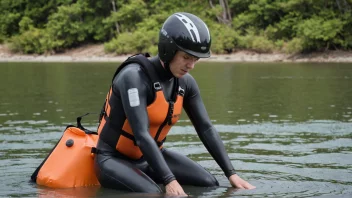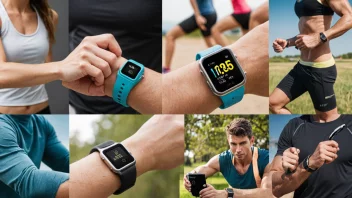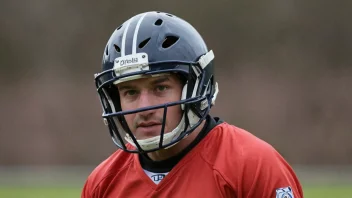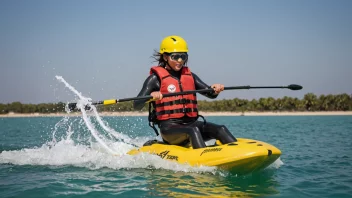Effective communication in group cycling is crucial not only for enhancing performance but also for ensuring the safety of all riders involved. When cyclists ride together, they face unique challenges that require coordination, strategy, and understanding among group members. Here, we explore five essential communication strategies that can significantly improve your group cycling experience while keeping everyone safe and engaged.
1. Establish Clear Signals
One of the most fundamental aspects of group cycling is the use of hand signals and vocal cues to convey important information. Here are some common signals:
- Left Turn: Extend your left arm horizontally.
- Right Turn: Extend your right arm horizontally.
- Stop: Place one hand behind your back and wave it.
- Potholes or Hazards: Point towards the obstacle and call out 'hole' or 'car.'
By establishing and practicing these signals, all riders can stay informed about upcoming turns, stops, or potential dangers on the road.
2. Use Vocal Communication
While hand signals are crucial, vocal communication is equally important during group rides. Here are some tips:
- Announce Changes: Call out changes in pace, direction, or when transitioning into a different formation.
- Alert for Hazards: Use clear and loud vocalizations to alert others of obstacles, traffic, or weather changes.
- Encourage Team Spirit: Use encouraging words to motivate fellow riders, especially during challenging segments of the ride.
Effective vocal communication fosters a positive group dynamic and enhances safety on the road.
3. Coordinate Group Formation
Maintaining an efficient group formation is essential for safety and performance. Here are some formations to consider:
- Single File: Ideal for narrow roads, this formation minimizes wind resistance.
- Double File: Suitable for wider roads, it allows for more interaction among cyclists.
- Paceline: Cyclists take turns leading to conserve energy and maintain speed.
Ensure that all riders are aware of the chosen formation and know how to transition between them smoothly while communicating any changes.
4. Utilize Technology for Enhanced Communication
In today’s digital age, technology can play a significant role in group cycling communication. Consider the following tools:
- Smartphone Apps: Use apps like Strava or RideWithGPS to share routes and communicate in real-time.
- Bluetooth Headsets: These devices allow cyclists to communicate clearly without shouting, especially in noisy environments.
- Wearable Devices: Utilize performance trackers that can sync with your group’s data, allowing for shared insights and updates.
Incorporating technology can streamline communication and enhance the overall riding experience.
5. Conduct Regular Briefings and Debriefings
Before and after rides, holding briefings and debriefings can significantly improve communication within the group:
- Pre-Ride Briefing: Discuss the route, expected challenges, and communication protocols.
- Post-Ride Debriefing: Reflect on what worked well and what could be improved for future rides.
- Feedback Sessions: Encourage open discussions about communication and coordination, allowing everyone to voice their opinions.
This practice not only enhances safety but also strengthens relationships among group members, fostering a supportive community.
In conclusion, effective communication is the backbone of a successful and safe group cycling experience. By implementing clear signals, utilizing vocal communication, coordinating group formations, leveraging technology, and conducting regular briefings, cyclists can enhance their performance while ensuring the safety and enjoyment of all participants. Whether you're a seasoned veteran or a beginner, mastering these communication strategies will undoubtedly elevate your group cycling adventures.






